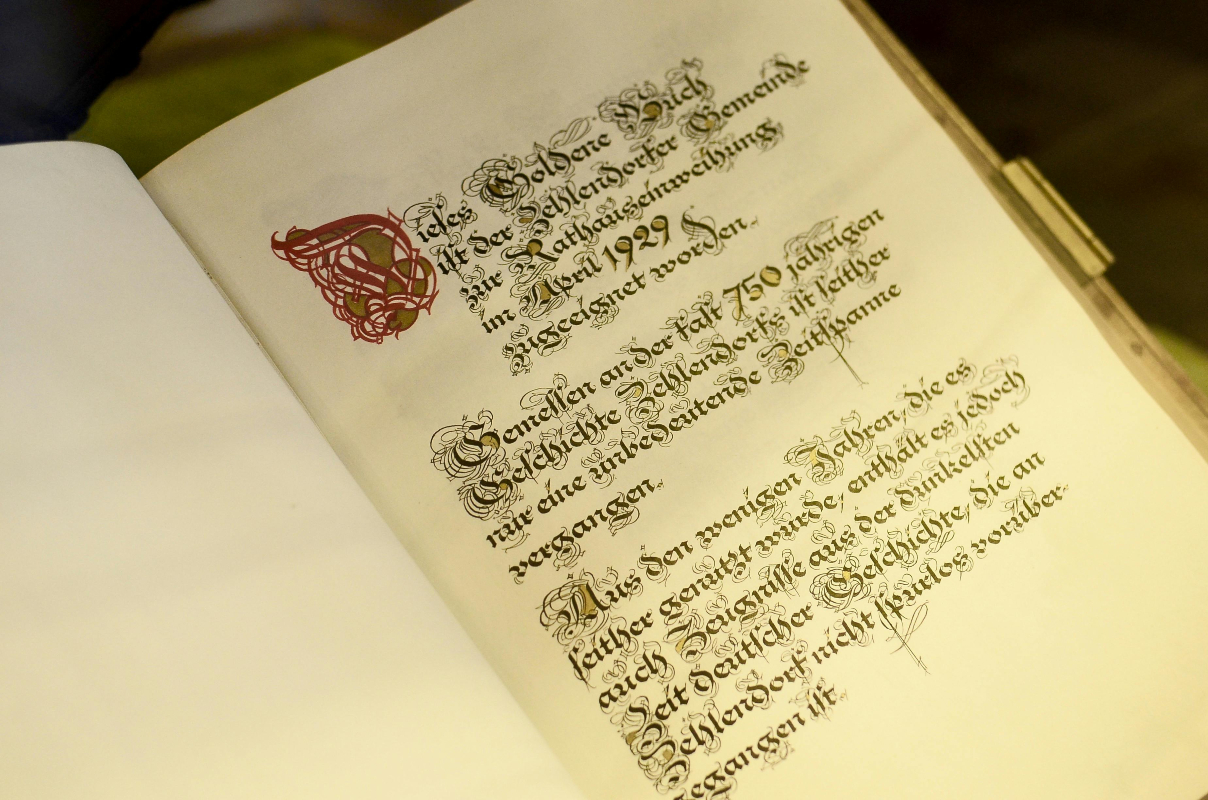A 45,000-year-old woman's face has been roughly recreated by a global team of academics. Her remains were found more than 70 years ago.
The severed skull of the Zlatý kůň woman — the oldest modern human to be genetically sequenced — was found buried in a cave system in the Czech Republic in 1950.
The Zlatý kůň woman's severed skull, the oldest modern human whose genes have been analyzed, was discovered buried in a cave network in the Czech Republic in 1950.
According to an online report released last month, scientists used information from the 2018 CT scans of her repaired skull to generate the digital face.
In one, a woman with light brown skin, curly dark hair, and brown eyes is framed by a square-shaped face with proportionately wide features.
Scientists created the digital face using data from the 2018 CT scans of her reconstructed skull.
The woman's nine-piece skull is kept by the Department of Anthropology at the National Museum in Prague, according to Interesting Engineering, therefore, the researchers were unable to use the bones for their facial experiment.
The left orbit, part of the maxilla, part of the frontal bone on the left, and a portion of the nasal bone are all missing from the skull, according to the study's authors.
Co-author and Brazilian designer Cícero Moraes said, "An interesting fact about the skull is that it was gnawed by an animal after her death. The flora of the time included both wolves and hyenas, thus either one may have been this species.
Moraes highlighted the woman's "robust" jaw and huge brain cavity, nodding to her Neanderthal lineage.
The woman’s nine-piece skull is under the care of the Department of Anthropology of the National Museum in Prague, and the researchers didn’t have access to the bones for their facial experiment.
Since there was no information provided regarding the color of the skin, hair, or eyes, Moraes noted that "we looked for elements that could possibly compose the visual structure of the face only at a speculative level."
"Once we had the basic face, we generated more objective and scientific images, with the eyes closed, without hair, and without coloring (in grayscale)." he continued. We later produced a hypothetical version with colored skin, open eyes, fur, and hair.









